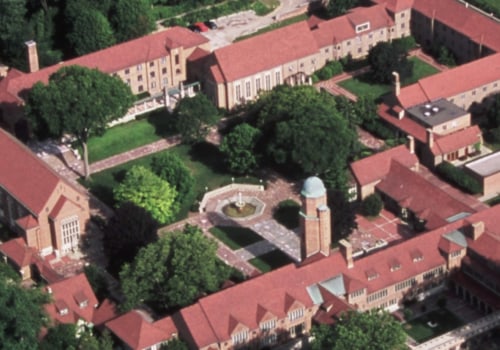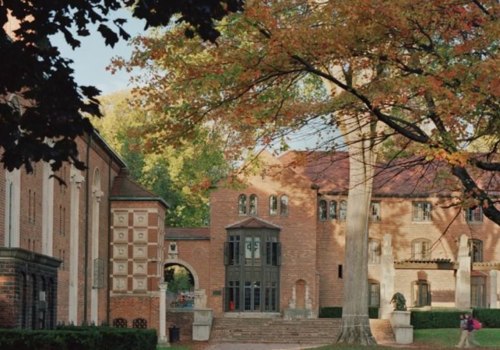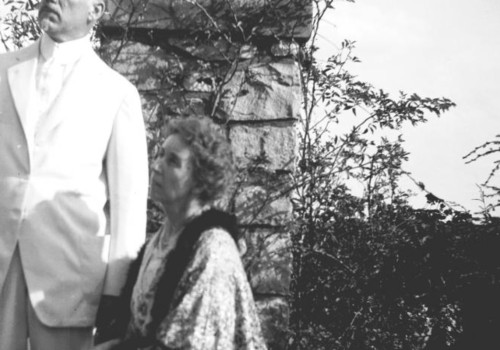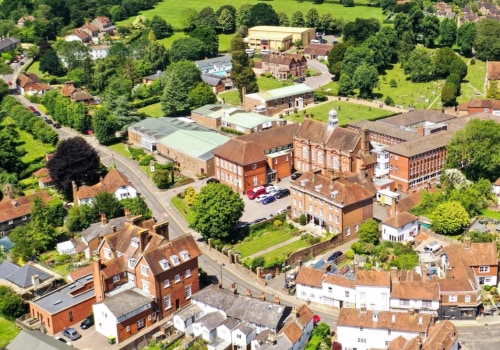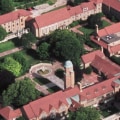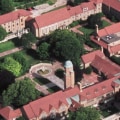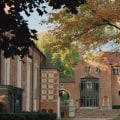The Cranbrook Children's School, designed by the renowned Finnish architect Eliel Saarinen, began operating in 1927. In 1985, Cranbrook School and Kingswood School merged to form a blended higher education institution, Cranbrook Kingswood Upper School. Unlike Cranbrook Children's School, which has multiple buildings, Kingswood School has a single building that includes support facilities. Architecture critic Paul Goldberger of The New York Times called the Cranbrook campus one of the best campuses ever created in the world. The conception and design of the Cranbrook and Kingswood schools were heavily influenced by the Arts and Crafts Movement, which began in 19th century England. This merger created a unique educational community that offers a variety of day and boarding programs during the summer months.
These include day camps, a soccer clinic, a film seminar, a compensatory educational program for students from low-income families, a jazz ensemble, ice hockey, lacrosse and tennis camps, as well as the Cranbrook Theater School. Cranbrook Kingswood now has 70 sports teams; both the men's and women's teams have won state championship titles in hockey, tennis, lacrosse, golf and swimming. The school also has an exchange program with the Cranbrook School of Kent in England to honor George Booth's legacy. Cranbrook Kingswood accepts just under half of applicants, making it one of the most selective high schools in the United States. In 1923, Booth founded an Episcopal church to serve the fledgling Cranbrook community and surrounding areas. The design was chosen by William Oliver Stevens, the first director of the Cranbrook School, who drew it.
